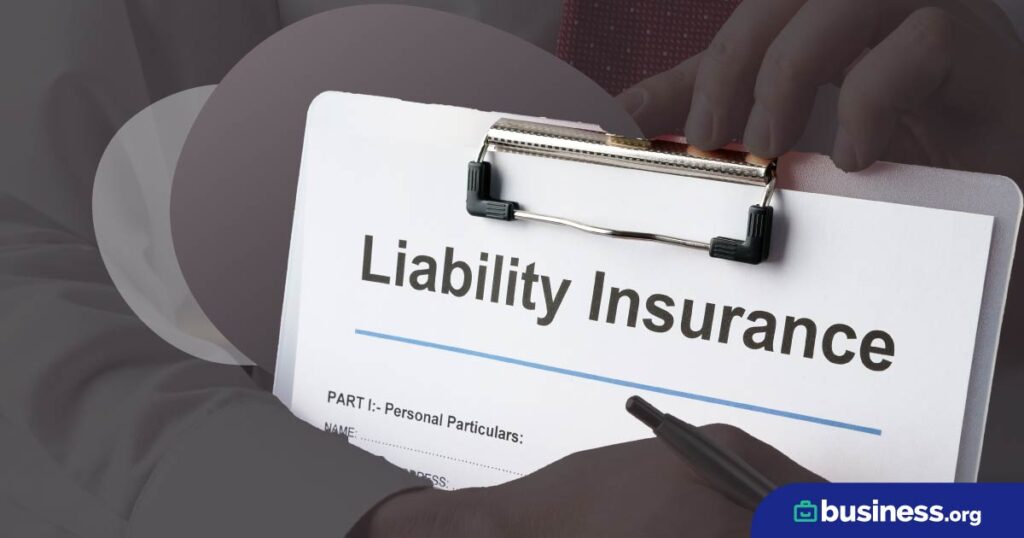Human resource management is the bedrock of every small business employer, but the topic can be a complex whirlwind of jargon. Let our guides make you an overnight HR maestro that smashes through personnel obligations like a prodigy.
Human resource management is the bedrock of every small business employer, but the topic can be a complex whirlwind of jargon. Let our guides make you an overnight HR maestro that smashes through personnel obligations like a prodigy.


